When you’re planning an aquarium, picking the right fish can be both exciting and overwhelming. If you’re short on space or simply love the look of smaller species, the world of small freshwater fish offers endless possibilities. These tiny swimmers are perfect for creating vibrant, lively tanks and are often low-maintenance, making them ideal for beginners and experienced aquarists alike.
This detailed guide explores everything you need to know about the best small freshwater fish, from their unique appearances to care tips, tank requirements, and how to choose the right mix for your aquarium. Whether you're after a peaceful community tank or a stunning nano aquarium, we’ve got you covered.
What Makes Small Freshwater Fish Great for Aquariums?
Top 13 Small Freshwater Fish for Your Aquarium
Harlequin Rasboras
Bettas
Cory Catfish
Guppies
Platies
White Cloud Mountain Minnows
Glowlight Tetras
Killifish
Bumblebee Gobies
Dwarf Puffers
Celestial Pearl Danios
Neon Tetras
Endler’s Livebearers
How to Care for Small Freshwater Fish
Building the Perfect Tank Setup
Common Challenges and How to Overcome Them
Why Small Freshwater Fish Are a Must for Aquarists
Small freshwater fish have become incredibly popular in the aquarium world, and for good reason. Here’s why they’re such a hit:
Space-Saving: Perfect for nano tanks or apartments where space is limited.
Low-Maintenance: Most species are hardy and easy to care for.
Vibrant Colors: Despite their size, many small freshwater fish boast stunning, vivid colors.
Diverse Choices: From peaceful shoaling fish to quirky solo swimmers, there’s something for everyone.
Budget-Friendly: Smaller fish often cost less to buy and maintain compared to larger species.
Whether you’re just starting out or looking to add variety to an established tank, small freshwater fish are an excellent choice.
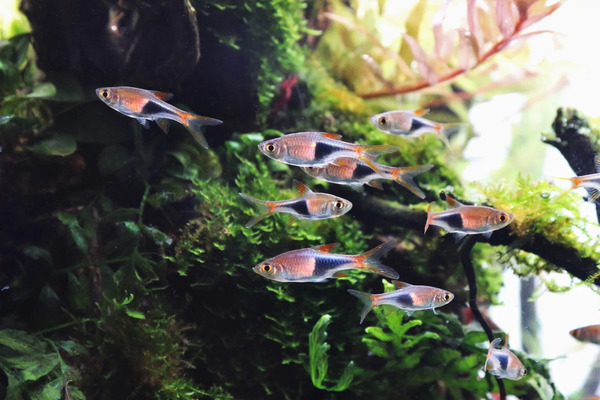
Appearance: Striking orange bodies with a black triangular marking on their tails.
Size: Around 1.5–2 inches.
Behavior: Peaceful and active shoaling fish.
Care Tips: Keep them in groups of six or more in a planted tank with soft lighting. They’re perfect for beginners due to their hardy nature.
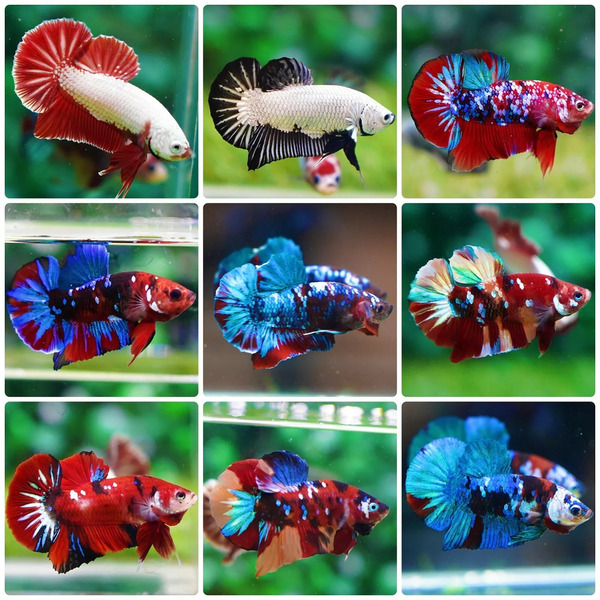
Appearance: Known for their vibrant colors and flowing fins.
Size: 2.5–3 inches.
Behavior: Solitary by nature, they thrive best alone or with non-aggressive tank mates.
Care Tips: Provide plenty of hiding spots and avoid fast-moving or fin-nipping tank mates.
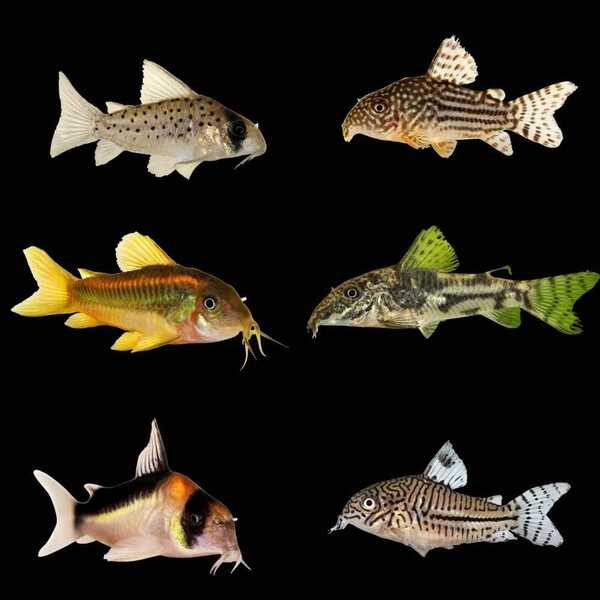
Appearance: Small, bottom-dwelling fish with whisker-like barbels.
Size: 1–3 inches, depending on the species.
Behavior: Peaceful scavengers that clean up leftover food.
Care Tips: Keep them in groups of at least three, and use sandy substrate to prevent barbels from being damaged.

Appearance: Highly colorful with long, flowing tails.
Size: 1–2 inches.
Behavior: Hardy and lively, guppies are a joy to watch.
Care Tips: Easy to breed and care for, they adapt well to a range of water conditions.
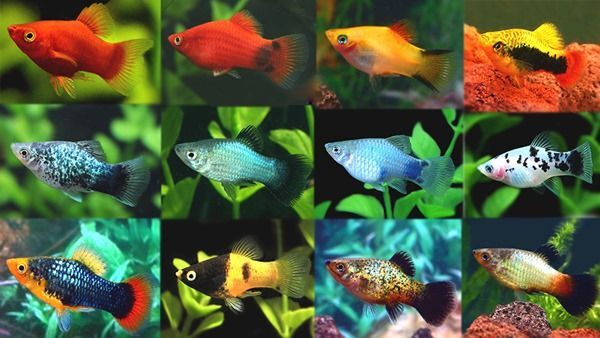
Appearance: A variety of colors and patterns make them a favorite for community tanks.
Size: 1.5–2.5 inches.
Behavior: Peaceful and sociable.
Care Tips: Ideal for beginners; they thrive in tanks with plants and plenty of swimming space.
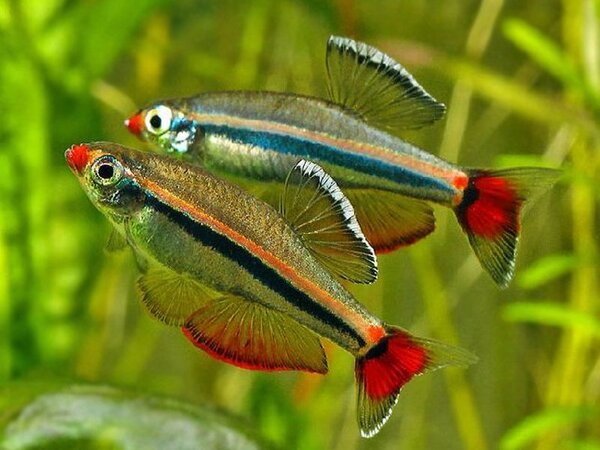
Appearance: Sleek bodies with a hint of green shimmer and red fins.
Size: Around 1.5 inches.
Behavior: Hardy and active, they’re perfect for cooler water setups.
Care Tips: Great for unheated tanks and highly compatible with other peaceful species.
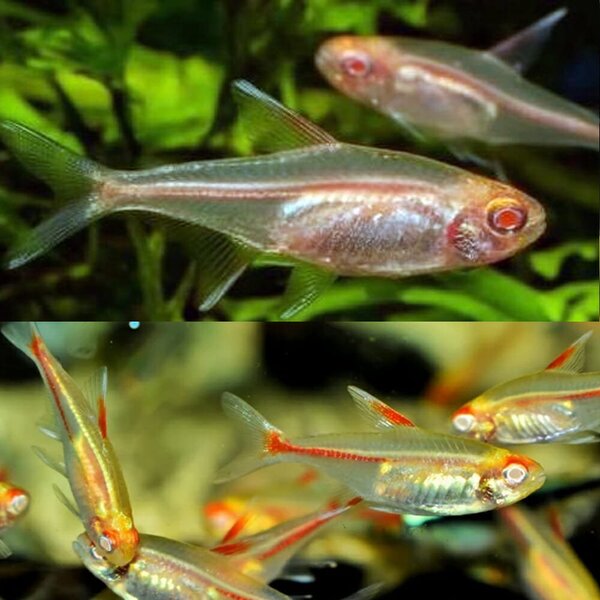
Appearance: Their bright orange stripe glows under dim lighting.
Size: 1.5 inches.
Behavior: Peaceful shoaling fish.
Care Tips: Keep them in schools of six or more to enhance their natural behaviors.
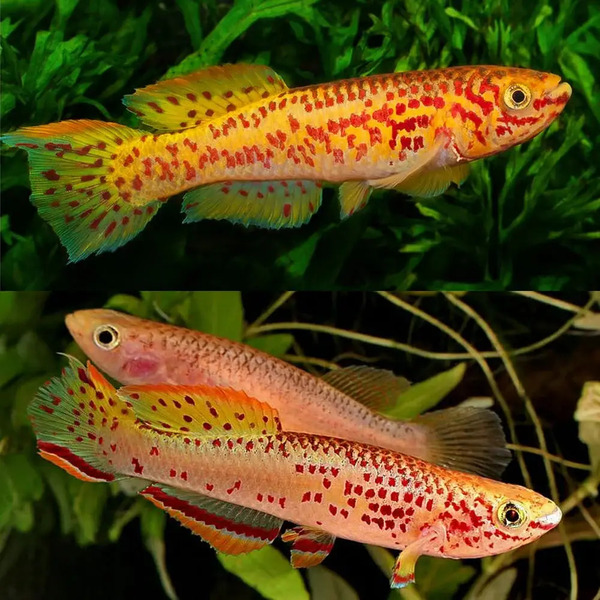
Appearance: Vibrantly patterned and available in a wide range of colors.
Size: 1–2.5 inches.
Behavior: Quirky and often kept in species-specific tanks.
Care Tips: Research individual species, as some have unique breeding habits or water requirements.
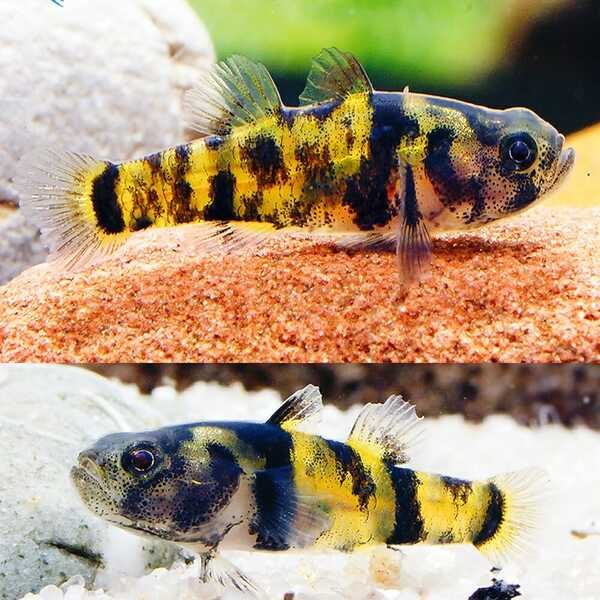
Appearance: Distinctive yellow and black stripes.
Size: 1–1.5 inches.
Behavior: Semi-aggressive and best suited for brackish water tanks.
Care Tips: Provide plenty of hiding spaces and consider a species-specific tank.
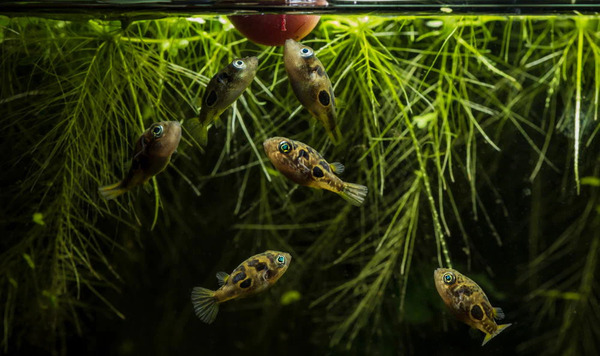
Appearance: Small, round fish with an inquisitive personality.
Size: Up to 1 inch.
Behavior: Territorial and carnivorous.
Care Tips: Feed them live or frozen food, and keep them in tanks with lots of hiding spots.
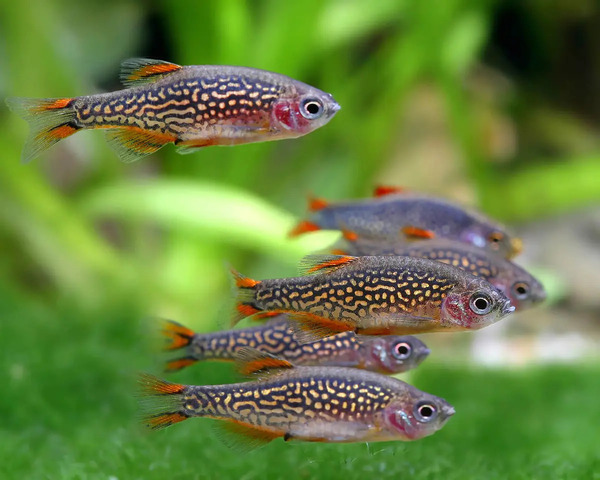
Appearance: Dotted with pearl-like spots and red fins, these fish are stunning to look at.
Size: Around 1 inch.
Behavior: Shy but peaceful, they do well in planted tanks.
Care Tips: Keep them in groups to reduce stress and bring out their best colors.
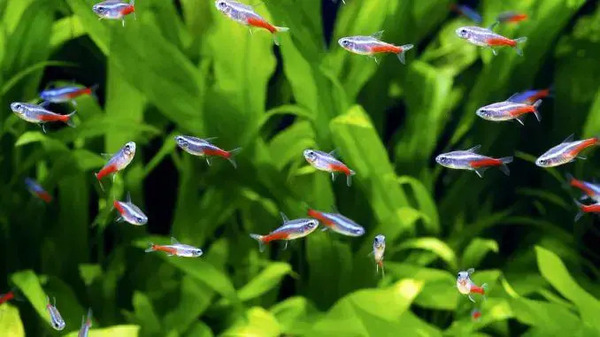
Appearance: Their iconic red and blue stripes make them instantly recognizable.
Size: 1–1.5 inches.
Behavior: Peaceful and best kept in schools.
Care Tips: They thrive in soft, acidic water with a dark substrate.
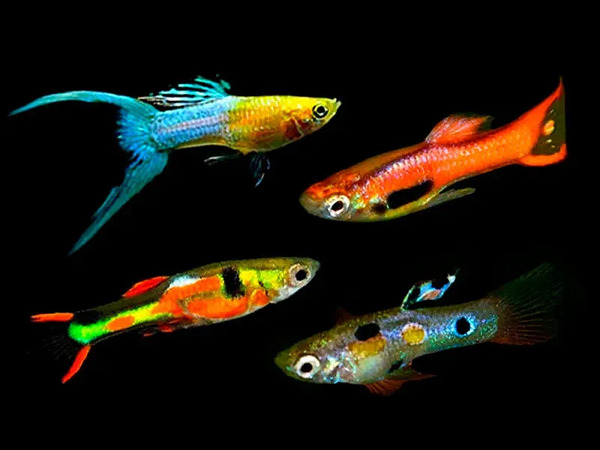
Appearance: Similar to guppies but smaller and with intricate patterns.
Size: Less than 1 inch.
Behavior: Peaceful and great for nano tanks.
Care Tips: Perfect for beginners, they are easy to breed and care for.
Caring for small freshwater fish is relatively simple if you follow these guidelines:
Water Quality: Regular water changes and good filtration are essential. Monitor ammonia, nitrite, nitrate, pH, and temperature levels.
Feeding: Most small fish do well with a mix of flakes, pellets, and occasional live or frozen food.
Tank Size: Even small fish need space! A minimum of 10 gallons is recommended for most species.
Tank Mates: Research compatibility to avoid stress or aggression among tank members.
Substrate: Choose a substrate that matches the species’ needs (e.g., sand for Cory Catfish).
Plants: Live plants create a natural, stress-free environment and improve water quality.
Lighting: Adjust lighting to suit your fish; dim lighting enhances the glow of species like Glowlight Tetras.
Decor: Rocks, caves, and driftwood provide hiding spots and mimic natural habitats.
Overcrowding: Avoid adding too many fish; stick to the recommended stocking levels.
Aggression: Watch for signs of bullying or fighting and separate aggressive individuals if necessary.
Illness: Quarantine new fish before adding them to your tank and keep a close eye on signs of disease.
Small freshwater fish bring charm, beauty, and activity to your aquarium without the complexity of larger species. They’re ideal for creating a balanced, harmonious tank that fits any space or budget. With so many vibrant, unique options, you’re sure to find the perfect mix for your aquatic community.
Whether you're setting up your first tank or adding to an existing one, the best small freshwater fish are guaranteed to delight you and your guests alike!
This guide offers everything you need to make informed choices for your aquarium. Dive in, and enjoy the colorful world of small freshwater fish!
animal tags: small-freshwater-fish
We created this article in conjunction with AI technology, then made sure it was fact-checked and edited by a Animals Top editor.